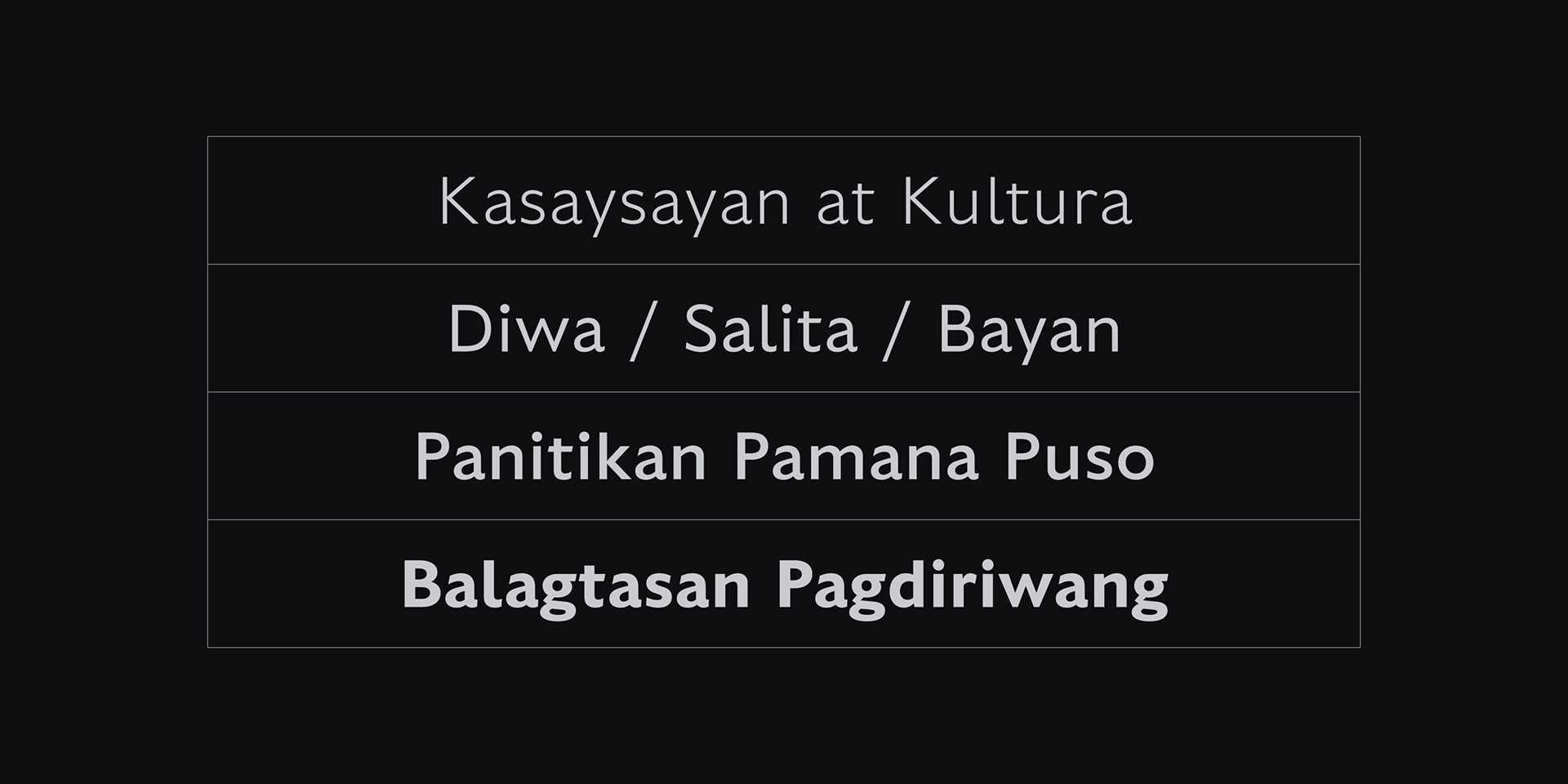

Hughman is a modern humanist sans-serif typeface, named with a play on the word "human" to reflect its design philosophy centered on exceptional clarity and readability. Key features like its open letterforms, subtle stroke variation, and a tall x-height make it an excellent choice for diverse applications, from long-form body text to wayfinding signage and small user interface captions. A standout characteristic of Hughman is its built-in support for the ancient Filipino writing system, Baybayin, which is accessible through an OpenType feature. This addition makes it not only a highly functional font but also a culturally inclusive and significant design tool.

